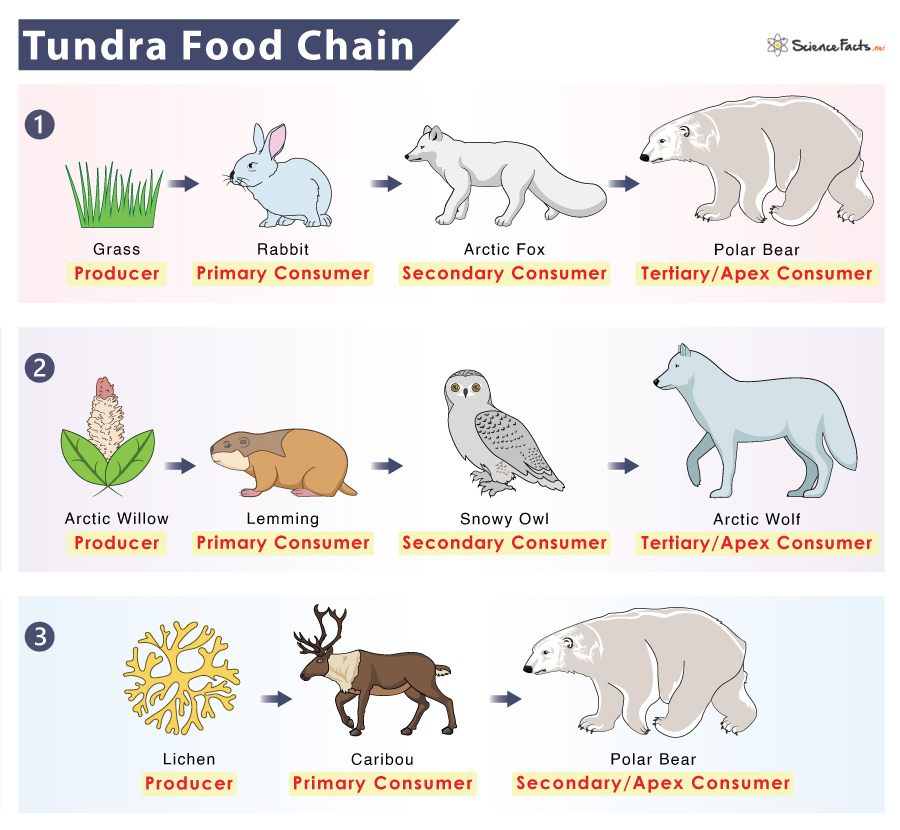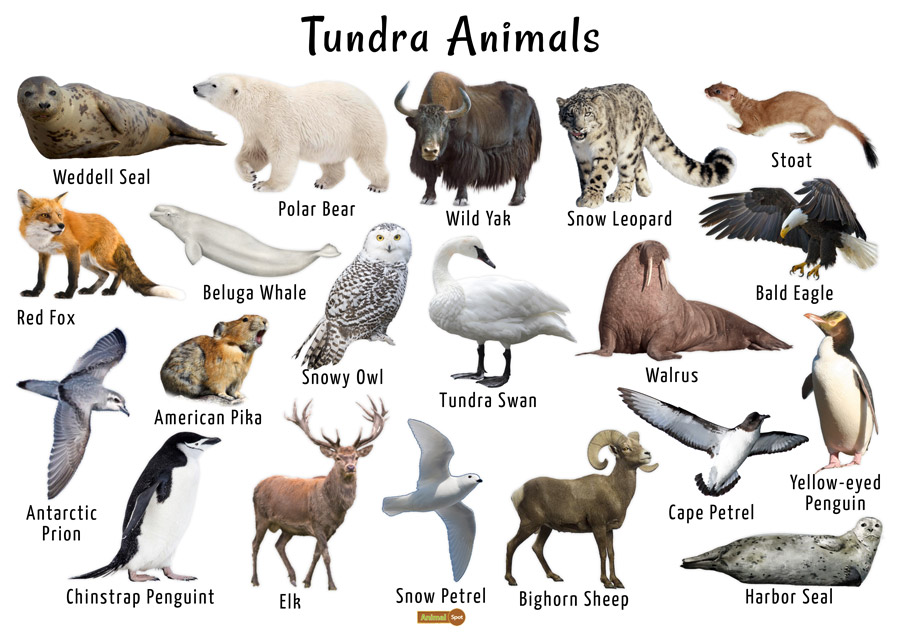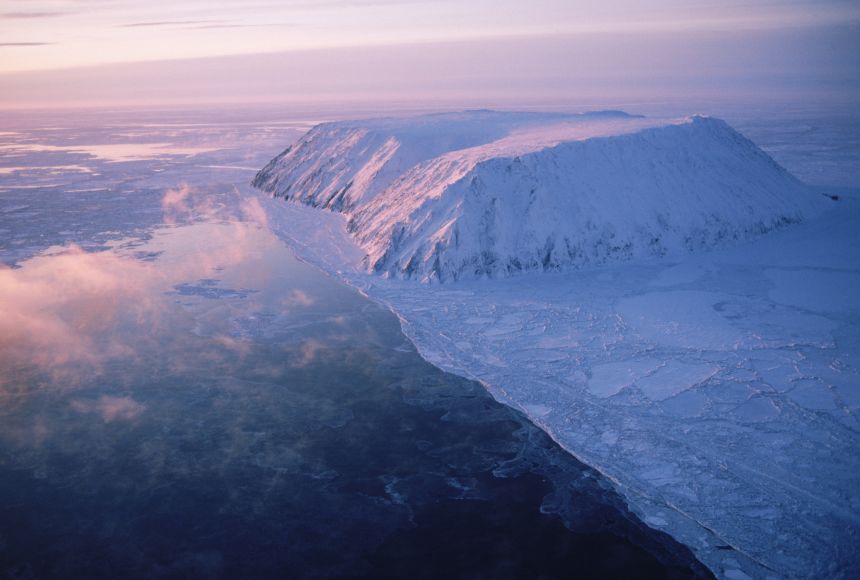Topic ocean ecosystem: Discover the ocean ecosystem, a captivating world beneath the waves, teeming with life and playing a pivotal role in Earth"s environmental balance and biodiversity.
Table of Content
- What are the different types of ocean ecosystems?
- Key Components of the Ocean Ecosystem
- Importance of the Ocean Ecosystem
- Challenges Facing the Ocean Ecosystem
- Conservation Efforts
- YOUTUBE: Ocean Ecosystems: Marine and Aquatic Ecosystems
- Introduction to Ocean Ecosystems
- Key Components and Their Roles
- Marine Biodiversity: From Microorganisms to Megafauna
- The Significance of Coral Reefs and Mangroves
- Physical and Chemical Properties of the Ocean
- Human Impact on Ocean Ecosystems
- Conservation Strategies and Global Initiatives
- Technological Advances in Ocean Exploration
- Challenges in Protecting the Ocean Ecosystem
- The Future of Ocean Ecosystems: Trends and Predictions
What are the different types of ocean ecosystems?
The different types of ocean ecosystems include:
- Open Ocean: This refers to the vast expanse of the ocean that is far away from land. It covers the majority of the Earth\'s surface and is home to a wide range of marine life.
- Deep-Sea Ocean: The deep-sea ocean is the part of the ocean that lies beyond the continental shelf, typically at depths of 200 meters or more. It is characterized by extreme darkness, high pressure, and low temperatures.
- Coastal Waters: These are the areas where the ocean meets the land, including beaches, rocky shores, and estuaries. Coastal waters are highly productive and support diverse ecosystems.
- Bays and Estuaries: Bays and estuaries are partially enclosed areas where freshwater from rivers and streams mixes with saltwater from the ocean. They are often characterized by rich plant and animal life.
- Shallow and Coral Reefs: Shallow ocean ecosystems include areas with depths up to about 200 meters. Coral reefs, which are made up of living coral polyps, are found in tropical and subtropical shallow waters and are known for their incredible biodiversity.
These different types of ocean ecosystems support a wide variety of marine organisms and play a crucial role in the overall health of our planet.
READ MORE:
Key Components of the Ocean Ecosystem
- Marine Life: From microscopic plankton to the largest whales, marine life is incredibly diverse, supporting complex food webs.
- Habitats: Various habitats, including coral reefs, mangroves, seagrass beds, and deep-sea vents, offer homes to numerous species.
- Physical Factors: Sunlight, temperature, salinity, and ocean currents shape the living conditions in the ocean.
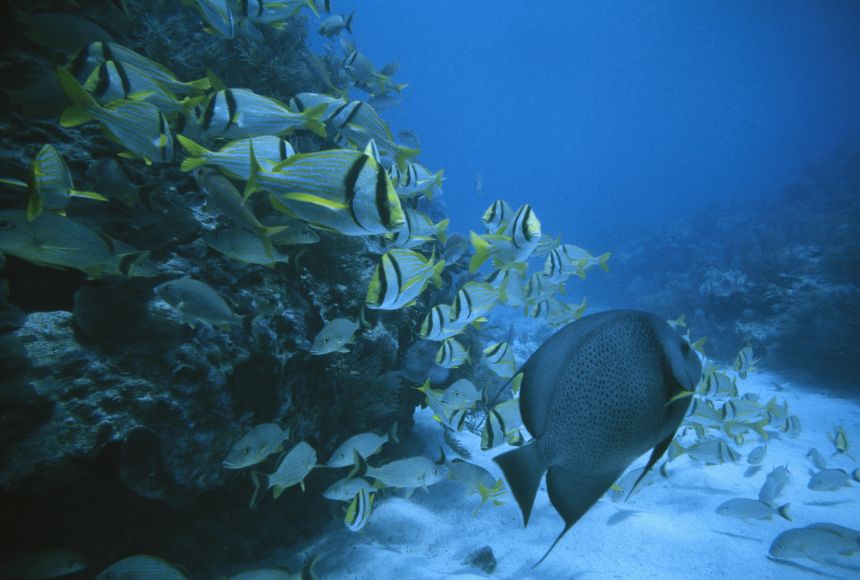
Importance of the Ocean Ecosystem
- Supports Biodiversity: Hosts a significant portion of Earth"s species, many of which are yet to be discovered.
- Regulates Climate: Absorbs carbon dioxide, helping to mitigate climate change.
- Provides Resources: Offers food, medicine, and minerals, besides being a crucial route for transportation.
Challenges Facing the Ocean Ecosystem
Despite its vastness and importance, the ocean ecosystem faces threats from overfishing, pollution, habitat destruction, and climate change, endangering its health and biodiversity.
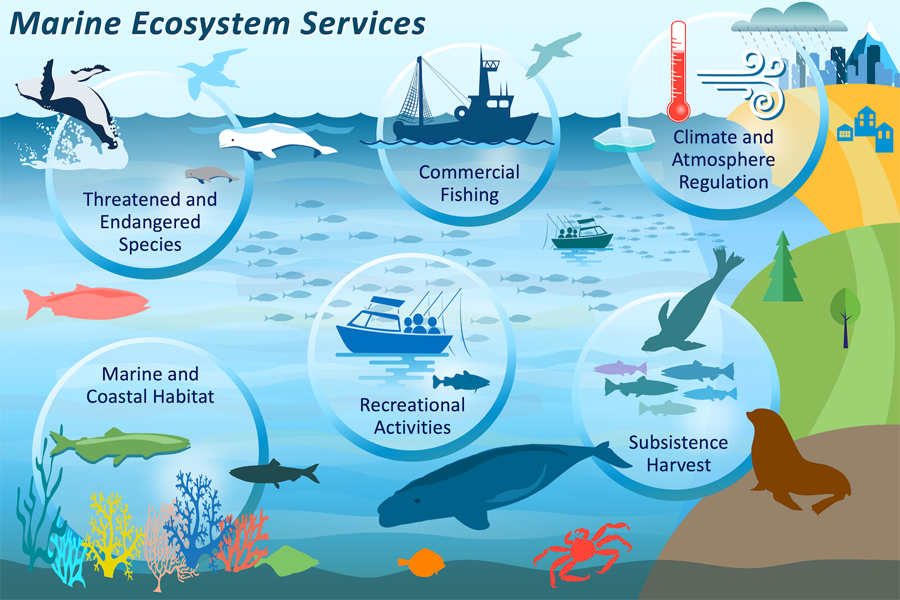
Conservation Efforts
Efforts to protect the ocean include establishing marine protected areas, regulating fishing, reducing pollution, and conducting research to better understand this complex ecosystem.
Conclusion
The ocean ecosystem is vital for life on Earth. Preserving its health and diversity is essential for our future, requiring global cooperation and sustainable practices.
Ocean Ecosystems: Marine and Aquatic Ecosystems
\"Discover the breathtaking beauty of Earth\'s incredible biodiversity in our awe-inspiring video. Join us on a journey through lush rainforests, vibrant coral reefs, and vast savannahs, and witness the wonders and importance of protecting our planet\'s precious and diverse wildlife.\"
Exploring Tropical Coral Reef Ecosystems
\"Embark on a powerful visual expedition into the world of conservation with our captivating video. Explore the tireless efforts of passionate individuals who go above and beyond to safeguard endangered species and preserve fragile ecosystems, inspiring us all to take action and be stewards of our fragile planet.\"
Introduction to Ocean Ecosystems
The ocean ecosystem, an intricate and expansive environment, covers over 70% of the Earth"s surface and is pivotal for sustaining life on our planet. This dynamic ecosystem is composed of a complex network of organisms, from the smallest plankton to the largest marine mammals, all interconnected within their habitats.
- Marine Biodiversity: The ocean is home to a vast array of life forms, contributing to the rich biodiversity that supports numerous food webs and ecological processes.
- Habitats and Zones: Ocean ecosystems encompass a variety of habitats, including coral reefs, kelp forests, deep-sea vents, and open ocean zones, each with unique characteristics and species.
- Physical Properties: Key factors such as temperature, salinity, ocean currents, and depth play a critical role in shaping the distribution and types of life found in marine environments.
- Ecological Importance: Beyond biodiversity, the ocean ecosystem provides essential services such as climate regulation, oxygen production, and carbon sequestration, underscoring its importance to the Earth"s overall health.
Understanding the ocean ecosystem is crucial for appreciating its contribution to our planet"s ecology and for guiding conservation efforts to protect this vital resource for future generations.
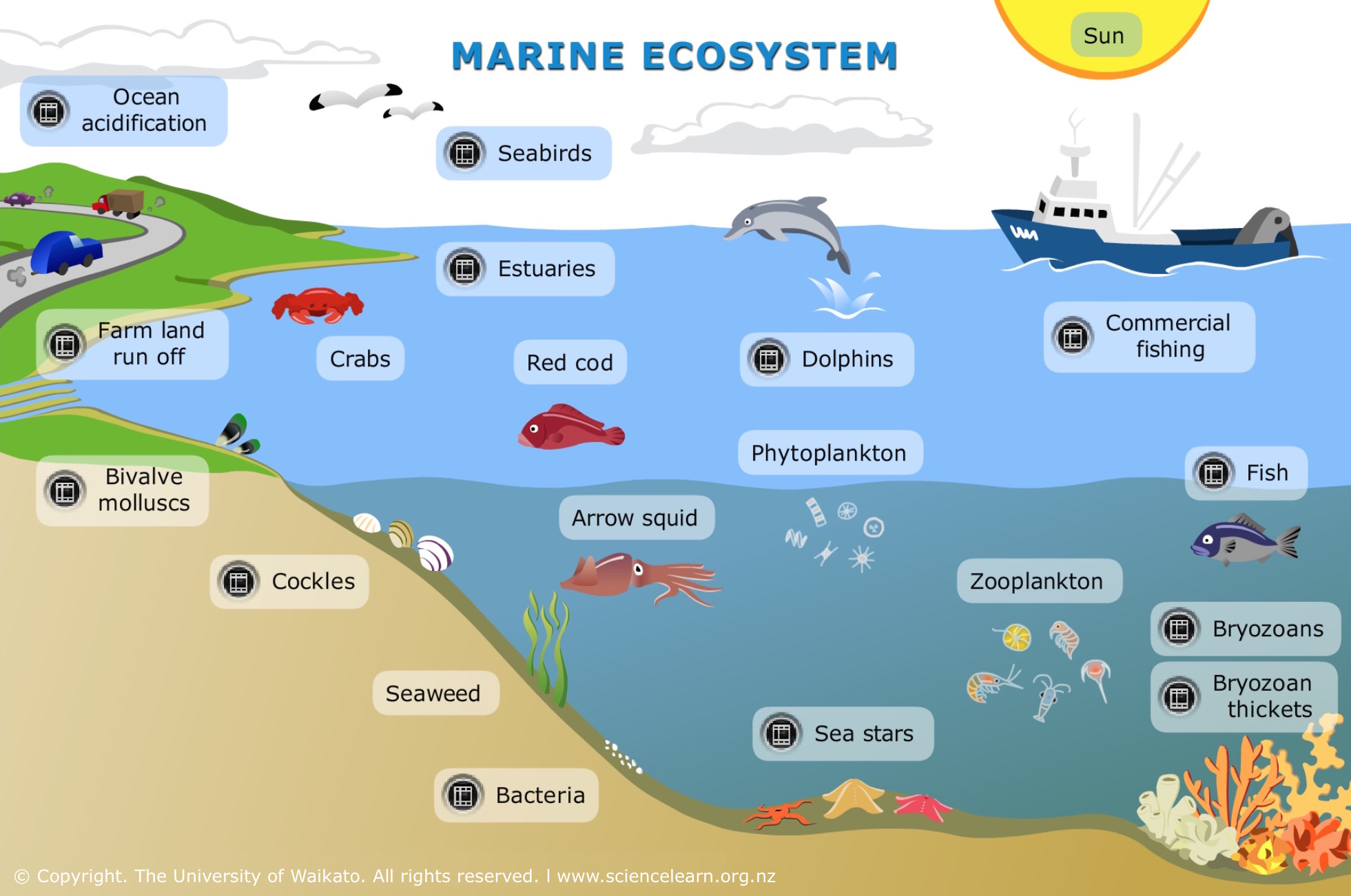
Key Components and Their Roles
The ocean ecosystem is a complex network of interdependent components, each playing a vital role in maintaining the balance and health of marine environments. Understanding these components and their functions is essential for appreciating the biodiversity and ecological significance of the oceans.
- Marine Life: Encompasses a diverse range of organisms, including plankton, fish, mammals, and invertebrates. Each species plays a specific role in the food web, contributing to the ecosystem"s overall productivity and stability.
- Marine Habitats: From shallow coastal waters to the deep sea, various habitats such as coral reefs, seagrass meadows, and hydrothermal vents provide critical living spaces for marine species, each supporting unique communities.
- Water Properties: Temperature, salinity, and currents significantly influence marine life distribution and behavior. These physical properties determine the availability of nutrients and the capacity of different regions to support life.
- Chemical Processes: Nutrient cycling, including carbon, nitrogen, and oxygen cycles, is crucial for sustaining life. Marine organisms play a key role in these processes, which are essential for the health of the ocean ecosystem.
- Light Penetration: Affects photosynthesis in marine plants and algae, determining the energy available at different depths and influencing the structure of the ecosystem.
Together, these components form a delicate balance, underpinning the functioning of ocean ecosystems and their ability to support a wide range of life forms.
Marine Biodiversity: From Microorganisms to Megafauna
Marine biodiversity encompasses the vast array of life forms found in the ocean, from the tiniest microorganisms to the largest marine mammals. This diversity is not only a testament to the richness of life in the oceans but also a crucial component of the marine ecosystem, contributing to its resilience and productivity.
- Microorganisms: Including phytoplankton and bacteria, these are the foundation of the marine food web, producing oxygen and supporting higher trophic levels.
- Coral Reefs: Often referred to as the "rainforests of the sea," coral reefs are biodiversity hotspots that provide habitat for thousands of marine species.
- Seagrasses and Algae: Critical for coastal ecosystems, they offer food and shelter to diverse marine life and help stabilize sediment.
- Fish: A wide variety of fish species inhabit the ocean, from the smallest reef fish to large pelagic species, playing various roles in marine ecosystems.
- Marine Mammals: Including whales, dolphins, and seals, these apex predators and keystone species have significant impacts on marine ecological balance.
- Deep-Sea Creatures: Adapted to life in the dark, high-pressure environments of the deep sea, these species contribute to the biodiversity and mystery of the ocean.
This incredible diversity is crucial for the health of the ocean ecosystem, affecting everything from nutrient cycling to the stability of marine food webs. Protecting marine biodiversity is therefore essential for maintaining the health and sustainability of our oceans.
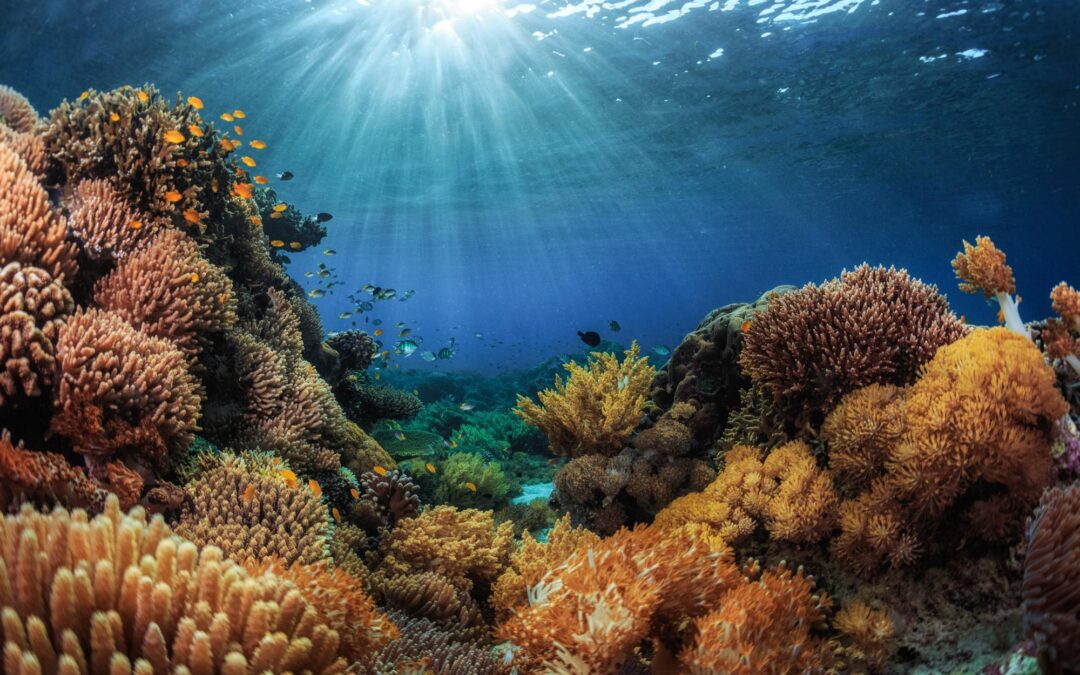
The Significance of Coral Reefs and Mangroves
Coral reefs and mangroves are among the most vital ecosystems within the oceanic world, providing essential services to marine life and human populations alike. These ecosystems are not only hotspots for biodiversity but also key players in the global environmental system.
- Biodiversity Hotspots: Coral reefs and mangroves support an astonishing variety of species, including numerous fish, invertebrates, and plant species, many of which are not found anywhere else in the world.
- Coastal Protection: These ecosystems act as natural barriers, protecting shorelines from erosion and storm surges, thereby safeguarding coastal communities and habitats.
- Carbon Sequestration: Mangroves, in particular, are highly efficient at sequestering carbon, playing a crucial role in mitigating climate change.
- Nursery Grounds: Many marine species rely on the sheltered environments of coral reefs and mangroves for breeding and the early stages of their life cycles, making these areas critical for the sustainability of marine populations.
- Economic Value: Beyond their ecological importance, coral reefs and mangroves contribute significantly to the economy, supporting fisheries and tourism industries around the world.
The preservation of coral reefs and mangroves is essential for maintaining the health of the ocean ecosystem, protecting biodiversity, and supporting human livelihoods. Efforts to conserve and restore these ecosystems are crucial in the face of threats such as climate change, pollution, and overfishing.
Physical and Chemical Properties of the Ocean
The ocean"s physical and chemical properties are fundamental to understanding the dynamics of marine ecosystems. These properties not only influence the distribution of life but also the climate and weather patterns globally.
- Temperature: Varies with depth, latitude, and season, affecting water density and circulation patterns, which in turn influence marine habitats and species distribution.
- Salinity: The concentration of dissolved salts in the ocean, salinity affects the buoyancy of water, marine life osmoregulation, and the ocean"s ability to absorb CO2.
- Pressure: Increases with depth, influencing the physiology of deep-sea organisms and the solubility of gases in water.
- Light Penetration: Decreases with depth, limiting photosynthesis to the euphotic zone and affecting the behavior and distribution of marine species.
- Oxygen: Essential for aerobic life, the concentration of dissolved oxygen varies with temperature, salinity, and depth, impacting marine life distribution and biodiversity.
- Carbon Dioxide and pH: The ocean absorbs CO2 from the atmosphere, which affects its pH and the health of marine organisms, particularly those that build calcium carbonate shells or skeletons.
These physical and chemical properties form the basis of oceanic environmental conditions, shaping the complex and diverse ecosystems within the marine world. Understanding these properties is crucial for assessing the impacts of environmental changes and human activities on ocean health.

Human Impact on Ocean Ecosystems
Human activities have profound impacts on ocean ecosystems, affecting their health, biodiversity, and functionality. While some impacts are direct and immediate, others accumulate over time, leading to significant long-term consequences for marine environments and the global climate.
- Overfishing: Excessive fishing practices have led to the depletion of fish stocks, altering marine food webs and threatening the sustainability of fisheries.
- Pollution: Plastics, chemicals, and other pollutants discharged into the oceans harm marine life, degrade habitats, and contaminate the food chain.
- Climate Change: Rising sea temperatures and ocean acidification, resulting from increased CO2 levels, affect coral reefs, fish populations, and polar ecosystems.
- Habitat Destruction: Coastal development, dredging, and bottom trawling destroy crucial habitats such as mangroves, coral reefs, and seagrass beds.
- Invasive Species: Human activities introduce non-native species to new areas, disrupting local ecosystems and threatening indigenous marine life.
- Noise Pollution: Increased noise from shipping, drilling, and other maritime activities disrupts the behavior and communication of marine species like whales and dolphins.
Addressing these impacts requires global cooperation and sustainable management practices to ensure the health and resilience of ocean ecosystems for future generations.
Conservation Strategies and Global Initiatives
Conservation of ocean ecosystems is critical to preserve biodiversity, support sustainable livelihoods, and mitigate climate change effects. Various strategies and global initiatives have been implemented to protect marine environments and ensure their resilience against human-induced pressures.
- Marine Protected Areas (MPAs): Establishing MPAs to conserve critical habitats, protect endangered species, and restore fisheries.
- Sustainable Fishing Practices: Implementing quotas, size limits, and gear restrictions to reduce overfishing and bycatch, ensuring fish populations remain healthy and ecosystems are balanced.
- Plastic Pollution Reduction: Initiatives aimed at reducing plastic usage, improving waste management, and conducting clean-up operations to tackle marine pollution.
- Climate Change Mitigation: Reducing greenhouse gas emissions and enhancing ocean carbon sinks through conservation and restoration of blue carbon ecosystems such as mangroves, seagrasses, and salt marshes.
- Research and Monitoring: Conducting scientific research and monitoring to better understand ocean ecosystems, inform policy decisions, and track the effectiveness of conservation measures.
- International Agreements: Engaging in global treaties and agreements, such as the United Nations Convention on the Law of the Sea (UNCLOS) and the Convention on Biological Diversity (CBD), to coordinate conservation efforts and manage marine resources responsibly.
Through collaborative efforts and the implementation of effective conservation strategies, it is possible to achieve sustainable management of ocean resources and protect the marine environment for future generations.

Technological Advances in Ocean Exploration
Recent technological innovations have revolutionized the exploration of the ocean, unlocking new discoveries and insights into its vast and largely unexplored ecosystems. These advancements offer unprecedented opportunities to study marine environments, conserve biodiversity, and understand the impacts of human activities on the oceans.
- Remote Sensing: Satellites and drones are used for large-scale monitoring of oceanic conditions, including temperature, salinity, chlorophyll concentration, and algal blooms, providing valuable data for research and conservation.
- Underwater Robotics: Autonomous Underwater Vehicles (AUVs) and Remotely Operated Vehicles (ROVs) enable scientists to explore deep-sea environments, study marine life, and map the ocean floor in high detail without direct human intervention.
- Acoustic Technology: Sonar systems and hydrophones facilitate the mapping of underwater landscapes and the monitoring of marine mammal populations, helping to understand their behavior and distribution.
- Genomic Tools: Advances in genomics allow for the identification and monitoring of marine species and populations, contributing to conservation efforts and the understanding of evolutionary processes in the ocean.
- Deep-Sea Submersibles: Manned submersibles can reach extreme depths, allowing direct observation and sampling of the ocean"s most remote habitats, expanding our knowledge of marine biodiversity.
- Data Analytics and AI: Machine learning and artificial intelligence are being applied to analyze vast amounts of oceanographic data, improving our understanding of ocean dynamics, climate change impacts, and habitat health.
These technologies not only enhance our capacity to explore and study the ocean but also play a crucial role in the sustainable management and conservation of marine ecosystems.
Challenges in Protecting the Ocean Ecosystem
Despite global efforts to conserve marine environments, there are significant challenges that complicate the protection of the ocean ecosystem. These challenges stem from a variety of sources, including environmental, economic, and social factors, and require comprehensive strategies to address effectively.
- Climate Change: Rising temperatures and ocean acidification impact marine species and habitats, altering ecosystems and reducing biodiversity.
- Pollution: Plastic waste, chemical runoff, and oil spills continue to degrade marine environments, affecting the health of marine life and the quality of water.
- Overfishing: Unsustainable fishing practices deplete fish stocks faster than they can replenish, threatening food security and marine biodiversity.
- Habitat Destruction: Coastal development, bottom trawling, and other activities damage critical habitats like coral reefs and mangroves, leading to loss of biodiversity.
- Invasive Species: The introduction of non-native species disrupts local ecosystems, outcompeting or preying on indigenous marine life.
- Lack of Awareness and Education: Insufficient understanding of the ocean"s importance and the impacts of human activities hinders effective conservation efforts.
- Regulatory and Enforcement Challenges: The high seas are difficult to monitor and manage, leading to challenges in enforcing conservation laws and agreements.
Addressing these challenges requires global cooperation, innovative solutions, and sustained commitment from all sectors of society to ensure the long-term health and sustainability of ocean ecosystems.

READ MORE:
The Future of Ocean Ecosystems: Trends and Predictions
The future of ocean ecosystems is at a critical juncture, with various trends and predictions indicating both challenges and opportunities for marine biodiversity and global communities. Scientific research, technological advancements, and policy measures are shaping the potential outcomes for ocean health in the coming decades.
- Increased Conservation Efforts: A positive trend is the growing global commitment to marine conservation, with more marine protected areas being established and restoration projects expanding.
- Technological Innovations: Advancements in technology will continue to improve our understanding of the ocean, enhancing monitoring, conservation, and sustainable use of marine resources.
- Climate Change Impacts: The ongoing effects of climate change, including rising sea temperatures and acidification, pose significant challenges, potentially altering marine ecosystems and species distributions.
- Sustainable Practices: There is a growing trend towards adopting more sustainable fishing and aquaculture practices to ensure the resilience and productivity of marine life.
- Community Involvement: Increasing awareness and involvement of local communities in conservation efforts are crucial for the effective management and protection of marine ecosystems.
- Policy and Governance: Enhanced international cooperation and stronger governance frameworks are needed to address the transboundary nature of ocean issues and ensure sustainable management of marine resources.
While there are significant challenges ahead, the ongoing efforts and future strategies provide hope for the preservation and recovery of ocean ecosystems, underscoring the importance of collective action and sustainable management to secure a healthy ocean for future generations.
The preservation of ocean ecosystems is vital for our planet"s future. Embracing sustainable practices and conservation efforts today can ensure the ocean"s health and biodiversity for generations to come.
:max_bytes(150000):strip_icc()/497408077-56af61ff3df78cf772c3c309.jpg)





:max_bytes(150000):strip_icc()/tundra-58bf1be55f9b58af5cc29755.jpg)
:max_bytes(150000):strip_icc()/GettyImages-901482062-6470b1099c6a47a881f9a22d7bca0d0a.jpg)
